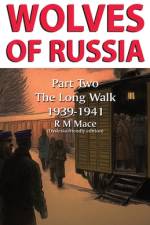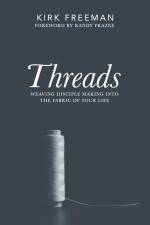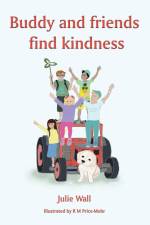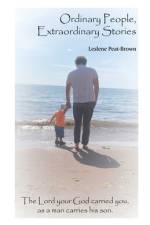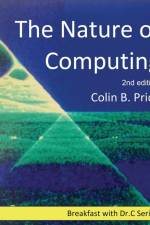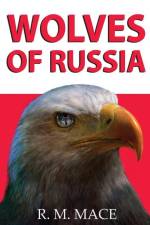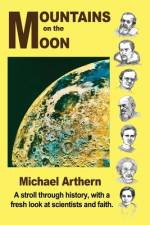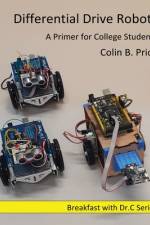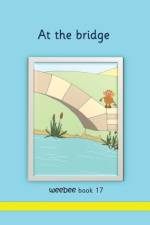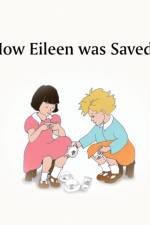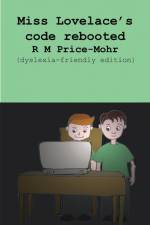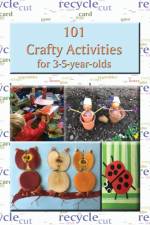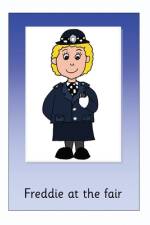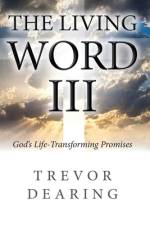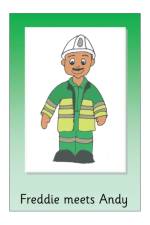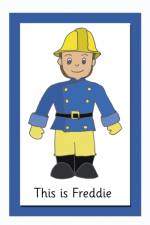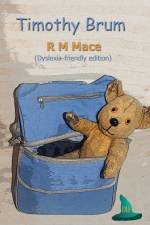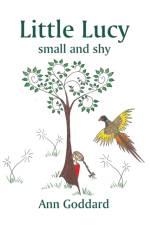av Leslene Peat-Brown
155,-
"It was a blessing to read all the experiences related in your book, they are moving and also inspiring. It is a good selection of God's intervention in the lives of His people showing us that He is interested in our health, just as much as He is interested in our day-to-day struggles. I observed that the purpose of His intervention is always the salvation of His people. I praise God for putting in your heart the thought of gathering these experiences and I also pray that many people will be inspired just as much as I was." Claudia Panaitescu."This book is an inspirational series of easy-to-read personal accounts evidencing how Divine interventions were made in the lives of ordinary people. I grew up believing that God is capable of making the impossible possible. Ordinary People, Extraordinary Stories has served to amplify my faith in God's willingness to heal, provide and care for those who trust in Him today." Ainsley Stephenson"Remarkable stories of ordinary people with great faith who see extraordinary events in their day-to-day lives as they put their trust and hope in the promises of God." Rev Canon David Sherwin"From this respected elder in the Seventh Day Adventist Church, a qualified hospital nurse, midwife, and psychologist, comes a series of sixteen accounts of remarkable answers to prayer. Fifteen people, of all ages - children and elderly - experienced how God healed, provided money, and relief from crises, in impossible situations (often caused by the callousness of modern capitalism) In a series of narratives, each headed by a promise from the Bible ( from a dozen books, e.g. the Psalms, St. Matthew's gospel, and the epistles of St. Paul and St. James, we read how people over the past thirty years, in the West Indies or the U.K., were healed (e.g. Of migraine, cancer, spinal injury, epilepsy, cerebellar ataxia, dementia, and loss of sight caused by diabetes). They were rescued from lack of food, large debts (often wrongly charged to them), and the clutches of modern evils (e.g., criminal clamping of a car, or nicotine addiction) All these happy outcomes resulted from the faithful response of the LORD God to sincere and fervent prayers to Him, spoken by Christians, through faith in the Lord Jesus Christ. Medical treatment, partnered with individual or corporate prayer and (fasting), calm or desperate, for a few minutes, or over several years.As a retired Church of England clergyman {1979-2018} I am reminded by this book of the preaching and ministry of the late Father Trevor Dearing: he informed and inspired my wife and myself over almost five decades. I welcome, as Father Trevor would have done, this challenging catalogue of carefully, and Biblically, explained events, that demonstrate that our God is alive, loving and powerful: and equally at work in 'free' churches, such as the Seventh Day Adventists, as he is in Anglican churches. As simple believers in Jesus Christ, as Saviour, Lord, and God, we all need one another in this confusing and often cruel and dangerous 21st Century." Daniel Foot, (retired C. of E. Rector)


